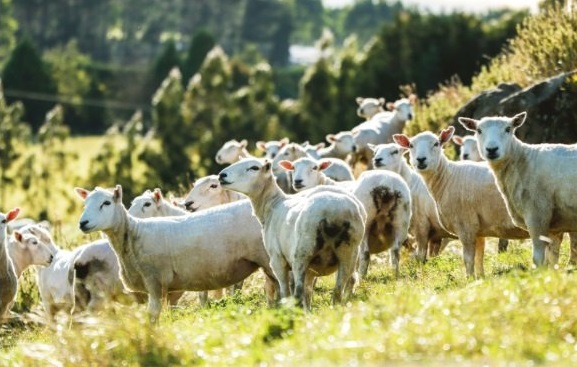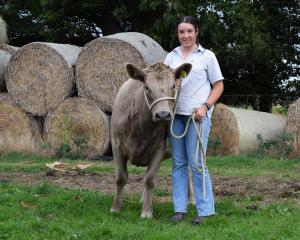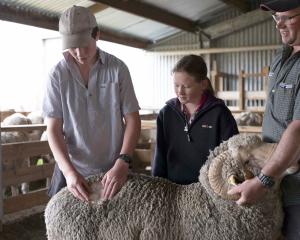
Carrfields is running a series of on-farm sales on Glen Islay station near Mandeville, northwest of Gore.
Information on online auction platform Bidr lists about 15,000 Romdale ewes, 1000 Headwater ewes and 800 Coopdale ewes on the first two days of the sale on February 25 and March 6.
A Southern Rural Life article on a tour of Glen Islay in 2018 describes it as covering more than 7300ha across nine properties featuring sheep and cattle breeding and finishing, cropping and dairy farming.
Waikaka Station co-owner Laurie Paterson, of Greenvale, said every farmer had to make their own decisions but he would prefer for Glen Islay not to be covered in trees.
Glen Islay might have once used government land development loans to improve their property, he said.
"I think it is a shame for a property like Glen Islay, that’s probably had quite a bit of taxpayer money spent to develop it to the top-class property that it is, to see that go in trees is a waste of that money and it doesn’t give a sheep and beef family a great feeling, that’s for sure."
The government announced changes to limit the amount of full farm to forestry conversions in December last year.
Legislation was expected to come into force from October this year.
Changes included:

• An annual registration cap of 15,000ha for exotic forestry registrations on farmland with land-use classification six.
• Allowing up to 25% of a farm classified one to six to be planted in forestry for the Emissions Trading Scheme.
• Transitional measures for landowners in the process of afforestation, who could demonstrate an intent to afforest prior to December 4 last year.
Rural Communities, Associate Agriculture and Associate Regional Development Minister Mark Patterson, of South Otago, said the changes were made as the government did not want pine trees planted on good land for producing food.
However, some landowners were already under way and able to continue an afforestation process.
"From here on in, these sorts of sales, the whole of farm-to-forestry business will not be able to happen".
Forestry should not be vilified, he said.
"It plays an important role in our primary sector, but it’s very much right tree, right place."
However, Glen Islay was a good example of some of the most productive hill country land in New Zealand being planted in forestry.

Federated Farmers Southland president Jason Herrick, of Northern Southland, said a farmer could not be blamed for changing land-use, if it was the best decision for their family.
"You can’t blame any farmer going forward for trying to get the best value they can out of their land."
He believed farmers would find ways around the changes aiming to curb forestry conversions.
"To get the best bang for their buck, that they’ve worked all of their lives for," Mr Herrick said.
If the government wants to stop more forestry conversions, it needs to find ways to improve prices for red meat and wool producers, he said.
Carrfields and Glen Islay co-owner Thomas Roy declined interview requests.
Glen Islay co-owner James Roy did not respond to interview requests.
An article in the Otago Daily Times said the Roy family originated from the Clinton area and James Roy’s grandfather Ian bought Glen Islay in 1979, paying a then record auction price of $1.28 million.
"He had seen potential in the property, evident by changes he initiated and which continued with James Roy’s parents, Bruce and Helen, and now their sons, James and Tom," the article said.















